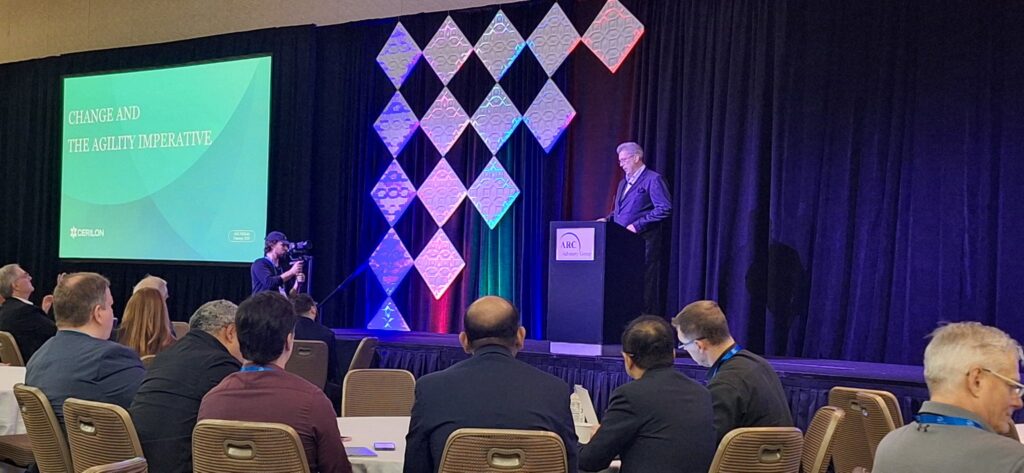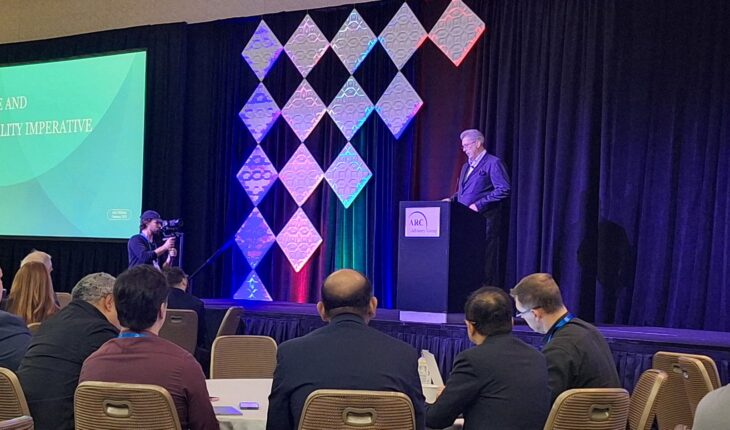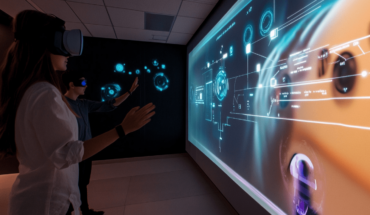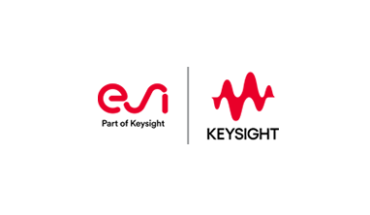The biggest players in manufacturing convened at ARC Industry Leadership Forum, and they were all-in on AI.

There is a lingering sentiment among the manufacturing community that the trends towards AI, digitalization and digital transformation (collectively referred to as Industry 5.0) are nothing more than marketing hype designed to sell new products and software.
Nothing could be further from the truth.
Granted, any new trend will always have an element of bandwagon business from marginal players and hype-riders looking to benefit from the latest trends.
But in terms of how digital transformation and AI are being researched and implemented in the manufacturing industry, there is plenty of steak to go along with all that sizzle.
One of the best ways to distinguish between an over-hyped trend and something with substance is to watch who is watching it. A great place to see that in action was at the recent ARC Industry Leadership Forum, which took place in Orlando, Fla. February 10-13.
This year’s event was almost entirely focused on AI, digital transformation and Industry 5.0 in manufacturing. It attracted more than 600 attendees representing some of the biggest companies in the manufacturing sector.
Indeed, the top 30 of these attending companies with publicly available financial numbers had a combined 2023 market cap of $4.22 trillion. If this market cap were a country, it would rank as the 4th largest economy in the world, just behind Germany ($4.5 trillion GDP) and ahead of Japan ($4.20 trillion GDP). Most of these companies were users undergoing significant digital transformation initiatives.
The fact that these industrial heavyweights are already fully invested in implementing AI and digital strategies shows the scale of the opportunity, and the huge strategic risk of ignoring it—we’re talking Blockbuster Video-level strategic risk.
But the question remains: where do you begin, especially if you don’t have the capital and assets of these massive multinational businesses?
Everywhere, all at once
In the current state of things, engineering leaders can be easily overwhelmed with all the trends and challenges thrown at them. Mathias Oppelt, vice-president of customer-driven innovation at Siemens Digital Industries (Siemens is certainly a technology vendor, but also manufactures its products using the latest smart manufacturing principles), hears about this from his customers daily and summed it up nicely during his session at the ARC Forum:
“You need to act more sustainably; you need to have higher transparency across your value chain. Have you thought about your workforce transformation yet? There’s a lot of people retiring in the next couple of years and there’s not many people coming back into the into the workforce. You still must deal with cost efficiency and all the productivity measures, while also driving energy efficiency. And don’t forget about your competition—they will still be there. And then there’s all that new technology coming up, artificial intelligence, large language models, ChatGPT—and on it goes, all of that all at once.”
Sound familiar?
Even with all these challenges, everything must now be done at speed. “Speed and adaptability will be the key drivers to continuing success. You need to adapt to all these challenges, which are continuously coming at you faster. If you’re standing still, you’re almost moving backwards.” Oppelt said.
The answer is simple, offered Oppelt with a wry smile: just digitally transform. The crowd, sensing his sarcasm, responded with nervous laughter. It was funny, but everyone understood it was also scary, because no one really knows where to start.
Bite the bullet, but take small bites
“The continuous improvement engineers out there know how risky it can be to bite off more than the organization can chew or to try to drive more change than it can manage,” says Doug Warren, senior vice president of the Monitoring and Control business for Aveva, a major industrial software developer based in Cambridge, U.K.
“It helps to take bite-sized pieces, and maybe even use the first bite to drive some incremental benefit or revenue to fund the next bite and then the next bite. You can sort of see this this self funding approach emerge, assuming the business objectives and the metrics tied to those business objectives show results.”
Warren is puzzled by how slowly and conservatively a number of industrial segments have been to fully embrace digitalization and digital transformation, saying that “…it seems like everyone has at least dipped a toe or a foot into the water,” but the number of organizations that are doing it at scale across the whole enterprise is lower than most people would guess.
“The level of technological advancement doesn’t come as a big surprise, and where we go from here won’t be a big surprise. The trick will be how fast you get past the proof-of-concept and into full scale deployment,” he says.
From Warren’s perspective, if you’re not taking advantage of the digitalization process to fundamentally change the way you’re doing work, then you’re probably not getting as much value.
“To just digitize isn’t enough. How do we change those work process? How do we inject more efficiency into work processes to take advantage of the technological advancements you are already investing in? That’s the special sauce,” he says, conceding that it’s difficult because people typically prefer routine and structure. “That’s probably got a lot to do with the lack of real speed of adoption, because you still have to overcome the way you’ve always done it.”
Warren says a good way to look at it is like a more nuanced version of the standard continuous improvement initiatives companies have been undertaking for decades.
“Continuous improvement is incremental changes over time, where digital transformation provides at least an impetus for more of a step change in the way we perform work, whatever that work might be.”
What’s old is new again
One of the main points of hesitation towards full scale implementation of digital transformation or AI initiatives is the perceived ‘newness’ of it and the uncertainty or risk associated with the perception of so-called “bleeding edge” technology.
The thing is, none of this is all that new. The concept of the neural network was developed in the 1940s and Alan Turing introduced his influential Turing Test in 1950. The first AI programs were developed in the early 1960s. If you are a chess enthusiast, you’ve certainly played against AI opponents for the last 20 years. Most popular video games have had story lines fuelled by AI-powered non-player-characters (NPCs) for almost as long.
What has changed over the last few decades is the amount of computing power available, the democratized access to that compute power through the cloud, and the speed provided by the latest advances in chips.
This growth of available computational power and technology can now be applied to all the improvements organizations have been trying to achieve with continuous improvement. And they are proving to be most effective when combined with the extensive knowledge found within companies.
“Industry definitely provides complexities because it’s not just AI and machine learning (ML). There’s also domain knowledge, so it’s really a hybrid approach,” says Claudia Chandra, chief product officer for Honeywell Connected Industrials based in San Francisco.
Chandra earned a Ph.D. in artificial intelligence and software engineering from UC Berkeley 25 years ago and has spent her career working with data, AI, edge platforms and analytics.
“I’m not for just AI/ML on its own. It’s really the domain knowledge that needs to be incorporated along with (AI’s) first principles. The accuracy would not be there without that combination, because data alone doesn’t won’t get you there,” Chandra said.
“That the tribal knowledge needs to be codified, because that gets you there faster and might complement what’s in the data. So, digitization is the precursor to AI/ML—you need to collect the data first in order to get to AI/ML,” she says, reiterating that it must be a step-by-step process to reduce risk.
Chandra says companies that have taken these incremental steps towards digitalization and embrace the cloud or even more advanced tech such as AI/ML will find that their digital transformation is no longer a behemoth with all the pain and risk that go with it. Plus, any vendor with a good understanding of the technology will provide at least a starting point—including pre trained models—so companies don’t have to start from scratch. “But ultimately, as you train it more, as you use it more, it will get better with the data that’s specific to your company,” she says.
Certainly, the success of any AI-enabled digital transformation initiative is all about the underlying data and training the AI appropriately to get the required accuracy. But it takes several steps to set the conditions for value generation: Commit to a project; start small with the right use case; and be persistent and diligent with the data. Once you get a small victory, put the value and the experience towards the next project. With such an approach, you will soon learn why AI and Industry 5.0 are here to stay—and so will your competition.





